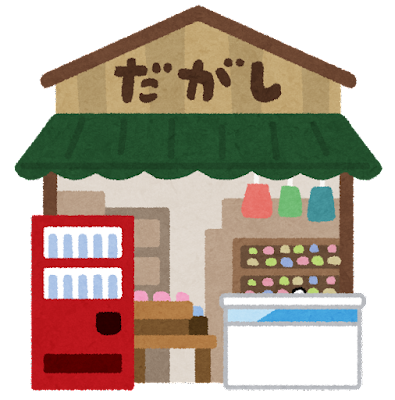Hi! It is the blog, How Unique Japan again! We always share Japanese uniqueness through this website!
Today, we would like to introduce some traditional Japanese snacks, known as Dagashi.
Da means row quality/price, and Gashi (Kashi) means just snacks. Why are they named row quality/price? So, please look at the picture below.
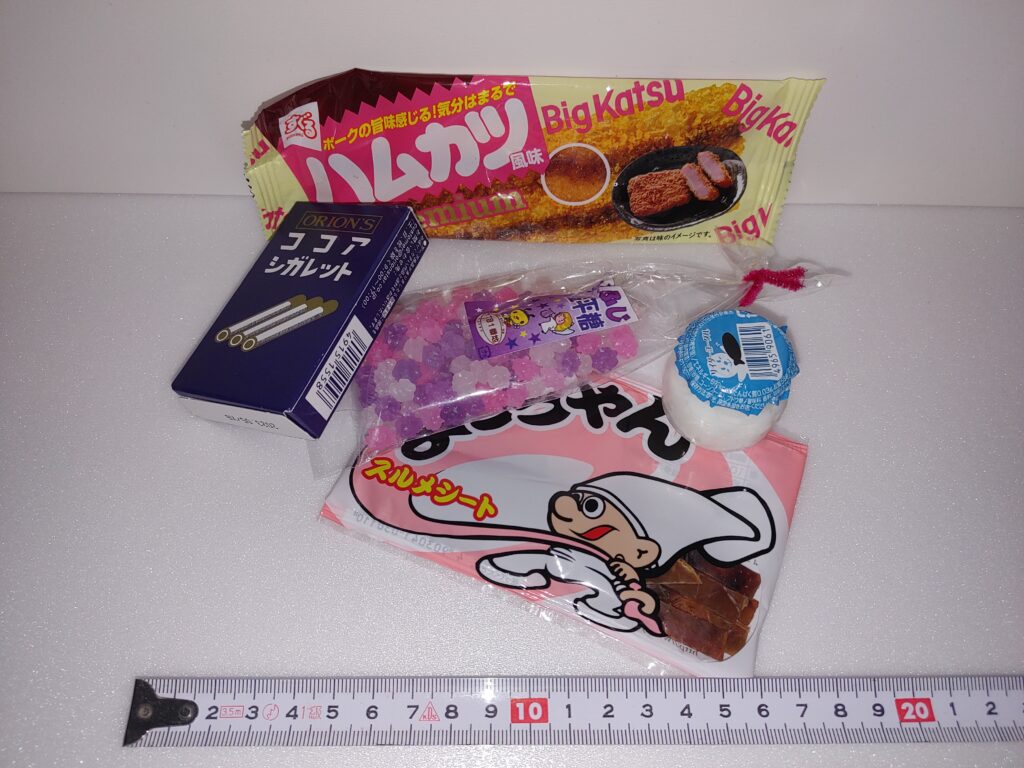
What do you think about them? We assume you would say, Oh, so tiny!
It is right! Each of them is extremely small. It is certain that if you are an adult, one Dagashi snack product will never fill you. So, the Dagashi is for the very young generation.
Thus, they are cheap and of low quality. Those would be around ten sent and fifteen sent, depending on the size. (In fact, there are some expensive ones. But it would be about one dollar.)
The history
Why do such products exist? The first one is the Edo era, which lasted from 1603 to 1868 AD.
At that time, they were from Millet or Syrup. They soon became popular among children due to the price.
Later, Japan was in the Shouwa era from 1926 to 1989, and we experienced the first baby boom around 1947.
Thus, many children were living in poor conditions due to World War 2. That situation boosted any snack company. Besides, after World War 2 ended, Japan eliminated the sugar control.
So, it was time for them to create new inventions for the Dagashi.
That is the reason and history behind many kinds of dagashi in Japan.
OK. Let’s see some products. However, please keep it in mind before reading them.
There are 5000 kinds of dagashi in Japan. (!!!)
Some introductions of the Dagashi
- Yoguru
This one (picture on the right side) could be a good example. It is Yoguru. It sounds like the Yogurt pronunciation without the T sound.
No, it is not a real one (yogurt).
Why is it like that? It is simple. It was too expensive for the middle or lower-class people at that time (the Shouwa era).
Thus, many dagashi companies challenged to imitate the real taste with much cheaper ingredients to satisfy children.
The yogurts are made from ingredients such as glucose, emulsifiers, sugar, and shortening, among others.
Its taste was so-so. It was like sour cream with sugar. (We tried.)
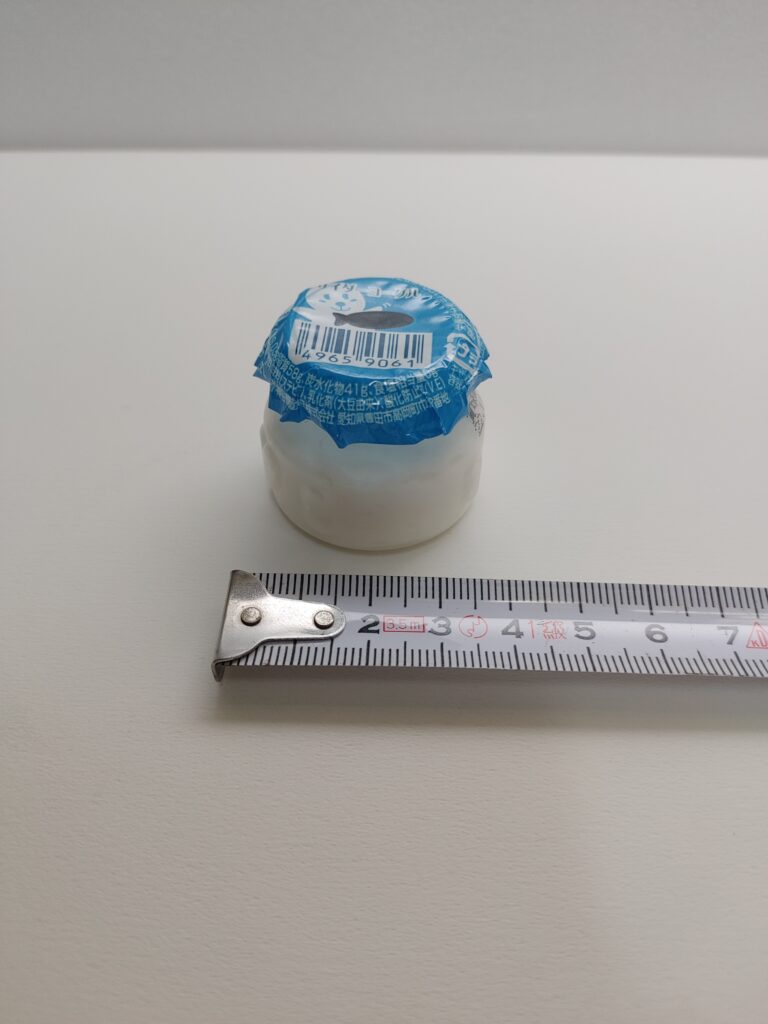
- Premium Ham Cutlet taste
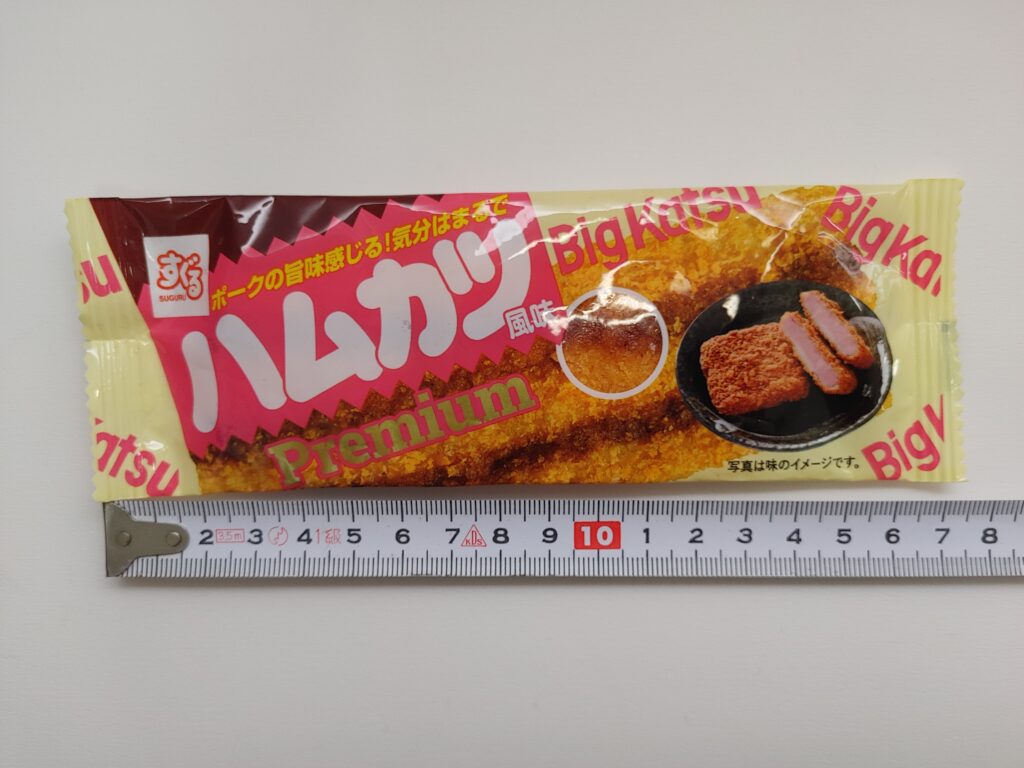

It is named Premium Ham Katsu taste. However, it does not contain any meat. It is thus very cheap (only three cents).
Could you guess what the ingredient is? It was the pest of fish!
But please trust me. That was interestingly close to the thin cutlet with many sources on it! (We tried).
From those explanations, it is clear that the imitation taste of real food is the popular way for dahashi.
Many Japanese children enjoy such a taste.
There is one more reason it became popular among them. Children can eat their food, just like their parents always prepare.
Some children indeed love to imitate like adults. That is why those snacks got their heart.
The last example would explain well about such a behavior of a child.
The last example would well express such behavior in a child.
- Cocoa cigarette
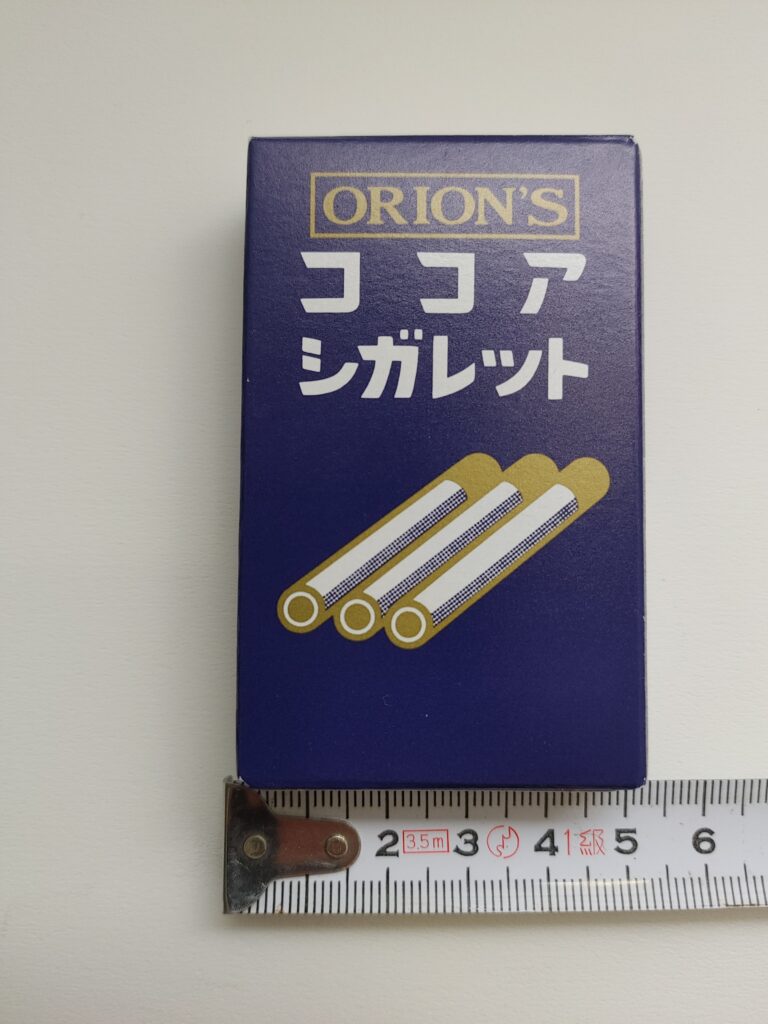

Wait, cigarette? Please do not yell at us.
However, it is one of the products. It is named Cocoa Cigarette. As you see, it imitates a real one. But it is from Sugar, Glucose, Dextrin, Cocoa powder, etc.
Some children enjoy imitating adults with that Dagashi (For example, having it between an index finger and middle finger).
It is another reason the Dagashi culture has lasted for so long.
It is another reason the dagashi culture has lasted for so long.
So, it is always close to Japanese children, and they get fascinated with it. It is Dagashi.
That’s all for this time! Thank you so much to all the readers who visited this article! If you are curious about more Japanese uniqueness, please check the front page of this blog. You might find more interesting articles.
OK now. See you for the next article!
